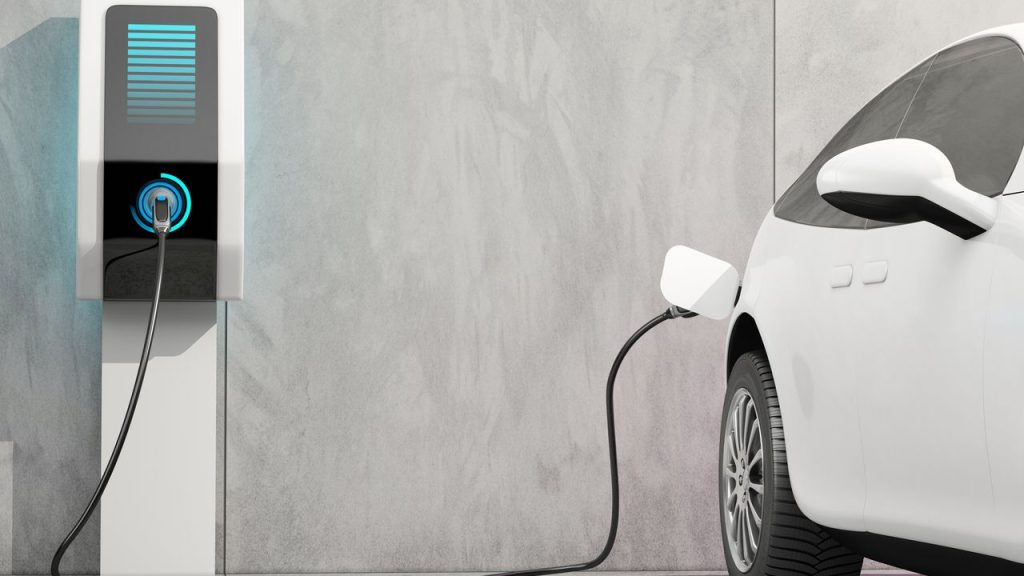EV Charging Platform User Experience: A Closer Look
As electric vehicles (EVs) become more popular, the need for efficient and user-friendly charging infrastructure is on the rise. EV charging platforms play a crucial role in providing a seamless experience for users, ensuring they can easily find, access, and pay for charging services. In this article, we will delve into the key aspects of EV charging platform user experience, focusing on the charging platform user interface, user support, and web portal.
Charging Platform User Interface
The charging platform user interface is the gateway through which EV owners interact with the charging infrastructure. A well-designed and intuitive user interface can significantly enhance the overall user experience. When it comes to EV charging platforms, simplicity is key. Users should be able to navigate the platform effortlessly, regardless of their technical expertise.
The user interface should provide clear and concise information about the available charging stations, including their location, availability, and charging speed. It should also display real-time updates on the charging progress and estimated charging time. By offering this information upfront, users can make informed decisions about where and when to charge their vehicles.
Furthermore, the user interface should support various payment options, such as credit cards, mobile wallets, or subscription plans. A seamless payment process is essential to ensure a hassle-free experience for users. It is also important to display transparent pricing information, including any additional fees or discounts, to avoid any surprises when the billing statement arrives.
Charging Platform User Support
While a well-designed user interface is crucial, it is equally important to provide reliable user support. EV owners may encounter issues or have questions while using the charging platform, and prompt assistance can make a significant difference in their experience.
One way to offer user support is through a dedicated helpline or chatbot. This allows users to seek assistance in real-time, addressing any concerns they may have. Additionally, an extensive FAQ section can provide answers to common queries, reducing the need for direct support in some cases.
Moreover, user support should extend beyond technical assistance. EV charging platforms should strive to educate users about EV charging best practices, such as optimal charging times, battery maintenance, and energy-saving tips. By empowering users with knowledge, they can make the most out of their EV charging experience.
Charging Platform Web Portal
A charging platform web portal serves as a centralized hub for users to manage their charging activities. It should offer a user-friendly dashboard that provides an overview of the user’s charging history, including past sessions, energy consumption, and costs incurred.
Through the web portal, users should be able to schedule future charging sessions, set charging preferences, and receive notifications about their charging status. This level of control allows users to plan their charging needs in advance and ensures a seamless experience when they arrive at the charging station.
Additionally, the web portal should provide access to detailed charging analytics. This information can help users track their energy consumption patterns, identify potential cost-saving opportunities, and contribute to a more sustainable charging routine.
Conclusion
EV charging platform user experience plays a vital role in promoting the adoption of electric vehicles. By focusing on a user-friendly charging platform user interface, reliable user support, and a comprehensive web portal, EV charging platforms can provide a seamless and enjoyable experience for EV owners. As the EV market continues to grow, prioritizing user experience will be key to ensuring the success and widespread adoption of electric vehicles.


